
Introduction:
Lingerie has been a staple in women’s wardrobes for centuries, serving both functional and aesthetic purposes. From corsets to modern bralettes, lingerie has evolved over time to meet the changing needs and preferences of women. In this blog post, we will explore the brief history of lingerie, tracing its origins and development through the ages.
Lingerie has its roots in ancient civilizations, where women used simple garments to cover and support their bodies. The ancient Greeks and Romans wore simple tunics and undergarments made of linen or wool. In the Middle Ages, women began to wear more structured garments like corsets and bodices to shape their bodies and provide support. These early forms of lingerie were often uncomfortable and restrictive, but they laid the foundation for the lingerie we know today.
The 19th century saw significant advancements in lingerie design, with the invention of the modern bra and panties. The corset, which had been a staple in women’s wardrobes for centuries, began to fall out of favor as women sought more comfortable and practical undergarments. The bra, originally designed to provide support and lift to the breasts, became a symbol of women’s liberation and independence.
In the 20th century, lingerie became more diverse and inclusive, with a wide range of styles and sizes available to women of all shapes and sizes. From delicate lace bralettes to supportive sports bras, lingerie has become a form of self-expression and empowerment for women around the world. Today, lingerie is not just a functional undergarment, but a fashion statement that can boost confidence and make women feel beautiful and sexy.
As we look to the future of lingerie, we can expect to see even more innovation and diversity in design. With advancements in technology and materials, lingerie brands are constantly pushing the boundaries of what is possible in terms of comfort and style. Whether you prefer classic lace lingerie or modern seamless styles, there is something for everyone in the world of lingerie. So next time you slip into your favorite bra or panties, remember the long and storied history of lingerie that has brought us to where we are today.
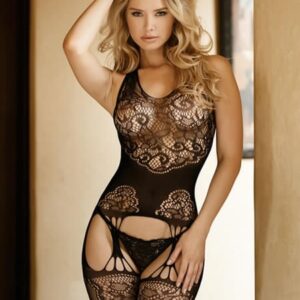
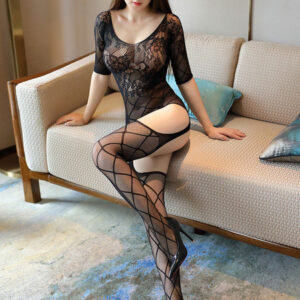
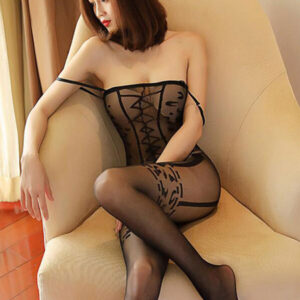

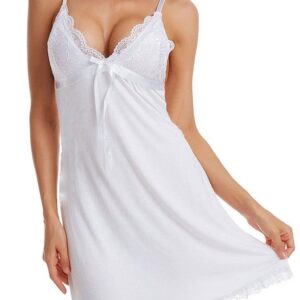


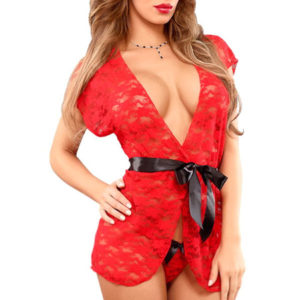

During the 19th century, fashion was characterized by intricate designs and elaborate garments that often required hours to put on. One of the most iconic pieces of clothing from this era was the corset. Worn by women of all social classes, the corset was designed to cinch the waist and create an hourglass figure. Made of stiff materials such as whalebone or steel, corsets were laced tightly around the waist to achieve the desired silhouette. Along with corsets, women also wore multiple layers of petticoats to add volume to their skirts. These petticoats were often made of stiff fabrics like taffeta or crinoline, and could be quite cumbersome to wear.
The corset and petticoat were not only fashion statements, but also symbols of femininity and social status. Women who could afford these garments were seen as refined and elegant, while those who could not were often looked down upon. The strict societal norms of the time dictated that women should adhere to certain standards of beauty and dress, and the corset and petticoat were essential components of this ideal.
Despite their popularity, corsets and petticoats were not without controversy. Critics argued that these garments were restrictive and unhealthy, causing women to suffer from breathing difficulties and even deformities. In response to these concerns, the dress reform movement emerged, advocating for more comfortable and practical clothing for women. Eventually, the corset fell out of favor as women began to embrace looser, more natural silhouettes.
Today, the era of corsets and petticoats is remembered as a time of both beauty and constraint. While these garments may seem outdated now, they played a significant role in shaping the fashion trends of the 19th century. The legacy of the corset and petticoat lives on in modern fashion, with designers often drawing inspiration from the intricate designs and structured silhouettes of this bygone era. As we look back on this period in fashion history, we can appreciate the craftsmanship and artistry that went into creating these iconic garments.
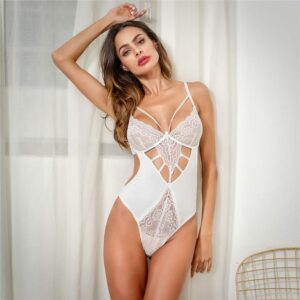

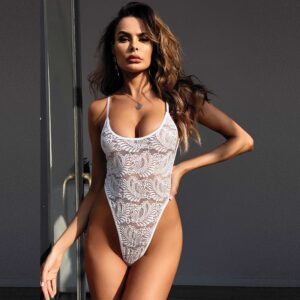

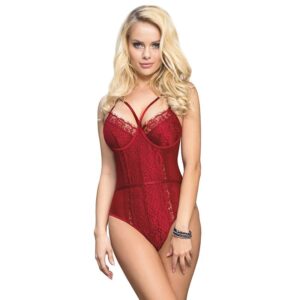
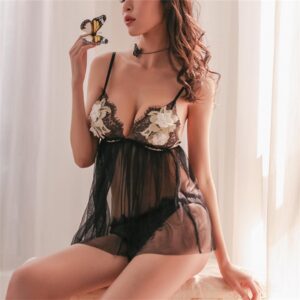

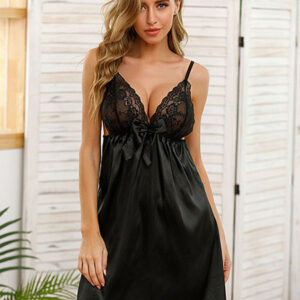
In the mid-20th century, the fashion industry saw a significant shift with the introduction of bras and panties as essential undergarments for women. Prior to this time, women primarily wore corsets and petticoats to shape and support their bodies. However, the invention of bras and panties revolutionized the way women dressed and provided a more comfortable and practical alternative.
Bras, also known as brassieres, were designed to lift and support the breasts, creating a more flattering silhouette. The introduction of bras in the mid-20th century marked a departure from the restrictive and often painful corsets that had been popular in previous centuries. Women now had the option to choose from a variety of bra styles, including underwire, padded, and sports bras, to suit their individual needs and preferences.
Panties, on the other hand, became a staple in women’s wardrobes during this time period. These undergarments were designed to provide coverage and protection for the lower body, replacing the bulky and uncomfortable petticoats that had been worn in earlier eras. Panties came in a range of styles, including briefs, thongs, and boyshorts, offering women more choices in terms of fit and comfort.
The introduction of bras and panties in the mid-20th century not only changed the way women dressed but also reflected shifting societal attitudes towards femininity and fashion. As women gained more independence and freedom in the post-World War II era, undergarments became more practical and functional, allowing women to move and work more comfortably. The rise of feminism during this time also influenced the design and marketing of bras and panties, with a focus on empowering women and celebrating their bodies.
Overall, the introduction of bras and panties in the mid-20th century marked a turning point in the history of women’s fashion. These undergarments not only provided women with more comfort and support but also reflected changing attitudes towards femininity and body image. Today, bras and panties continue to be essential pieces in women’s wardrobes, offering both style and functionality for women of all ages and backgrounds.
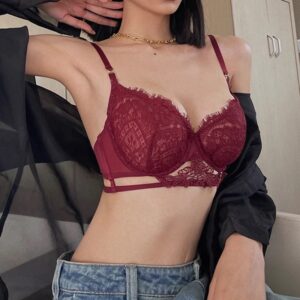
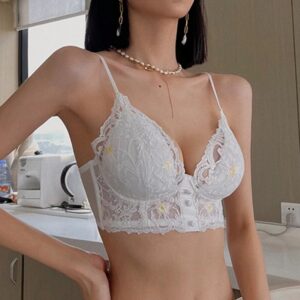
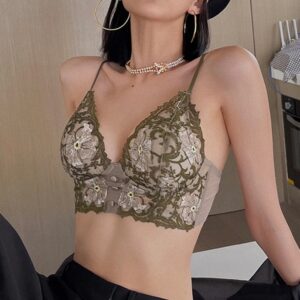
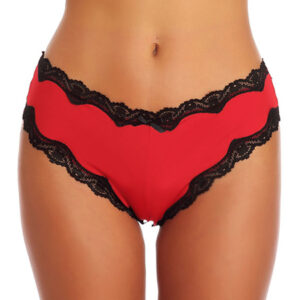
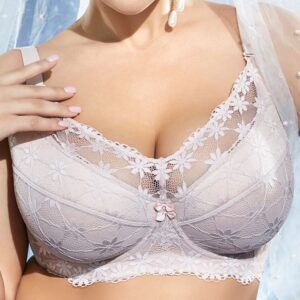

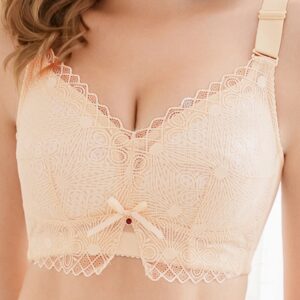
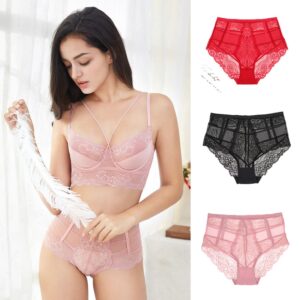
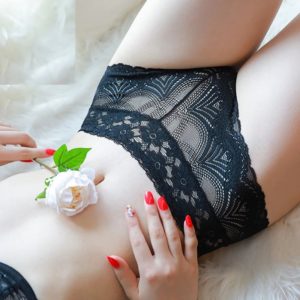
In today’s fast-paced world, the modern day lifestyle has placed a significant emphasis on comfort and inclusivity. With advancements in technology and a growing awareness of diversity and inclusion, society has shifted towards creating a more welcoming and accommodating environment for all individuals. This focus on comfort and inclusivity has become a cornerstone of modern day living, shaping the way we interact with one another and the spaces we inhabit.
Comfort in the modern day is not just about physical ease, but also about emotional well-being. From ergonomic furniture to smart home devices that cater to our every need, the modern world has made it easier than ever to live a life of comfort. Whether it’s a cozy blanket on a chilly evening or a state-of-the-art mattress that ensures a good night’s sleep, the emphasis on comfort has become a priority in our daily lives.
Inclusivity is another key aspect of modern day living that has gained traction in recent years. With a focus on diversity and acceptance, society has become more attuned to the needs of individuals from all walks of life. From gender-neutral bathrooms to accessible public spaces, inclusivity is about creating a world where everyone feels welcome and valued. This shift towards inclusivity has not only improved the quality of life for marginalized communities, but has also fostered a sense of unity and understanding among all individuals.
The workplace is another area where the emphasis on comfort and inclusivity has become increasingly important. Companies are now prioritizing employee well-being by creating comfortable workspaces that promote productivity and creativity. From standing desks to relaxation rooms, employers are recognizing the importance of providing a supportive environment for their staff. Inclusivity in the workplace is also on the rise, with companies implementing diversity training and inclusive policies to ensure that all employees feel respected and valued.
Overall, the modern day lifestyle is defined by its focus on comfort and inclusivity. From the way we design our homes to the way we interact with one another, these values have become integral to our daily lives. By prioritizing comfort and inclusivity, we are not only creating a more welcoming and accommodating world, but also fostering a sense of unity and understanding among all individuals. As we continue to embrace these values, we can look forward to a future that is more compassionate, inclusive, and ultimately, more comfortable for all.
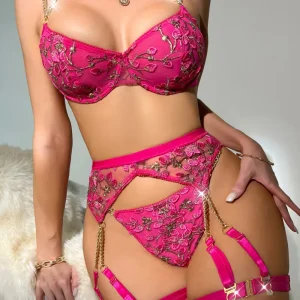
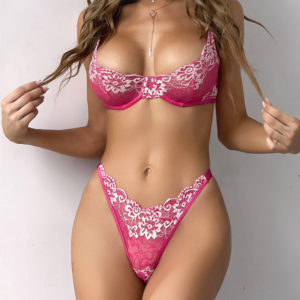
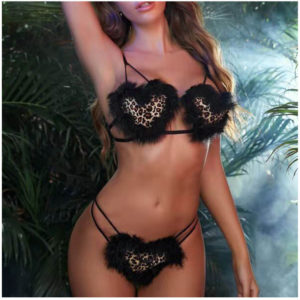
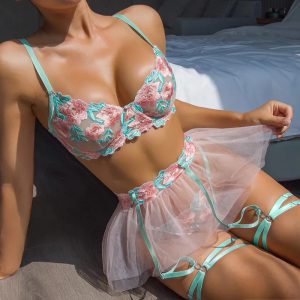
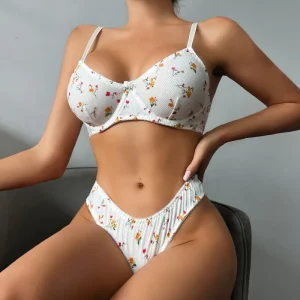
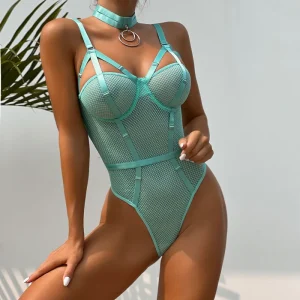
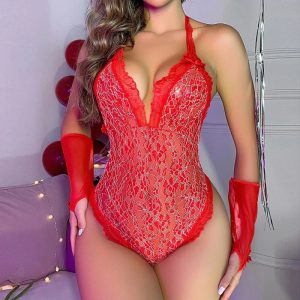
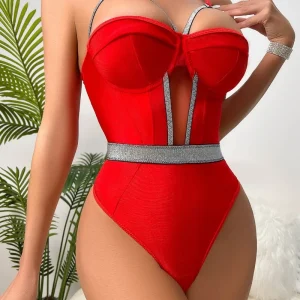
In conclusion, the evolution of lingerie has come a long way from the restrictive and uncomfortable corsets of the past to the modern, comfortable and stylish lingerie options available today. With advancements in technology and changes in societal norms, lingerie has transformed into a form of self-expression and empowerment for women around the world. From lace bralettes to seamless underwear, there is a wide range of options to suit every body type and personal style. Whether it’s for a special occasion or everyday wear, lingerie plays a crucial role in making women feel confident and beautiful. So, next time you’re shopping for lingerie, remember the journey it has taken to get to where it is today and embrace the comfort and style it can bring to your wardrobe
[Address-CA]: 14-30 Eglinton Ave W, Suite 580, Mississauga, Ontario, L5R 0C1
[Tel-CA]: +1 647-874-5950
Email: sales@tdmercado.com